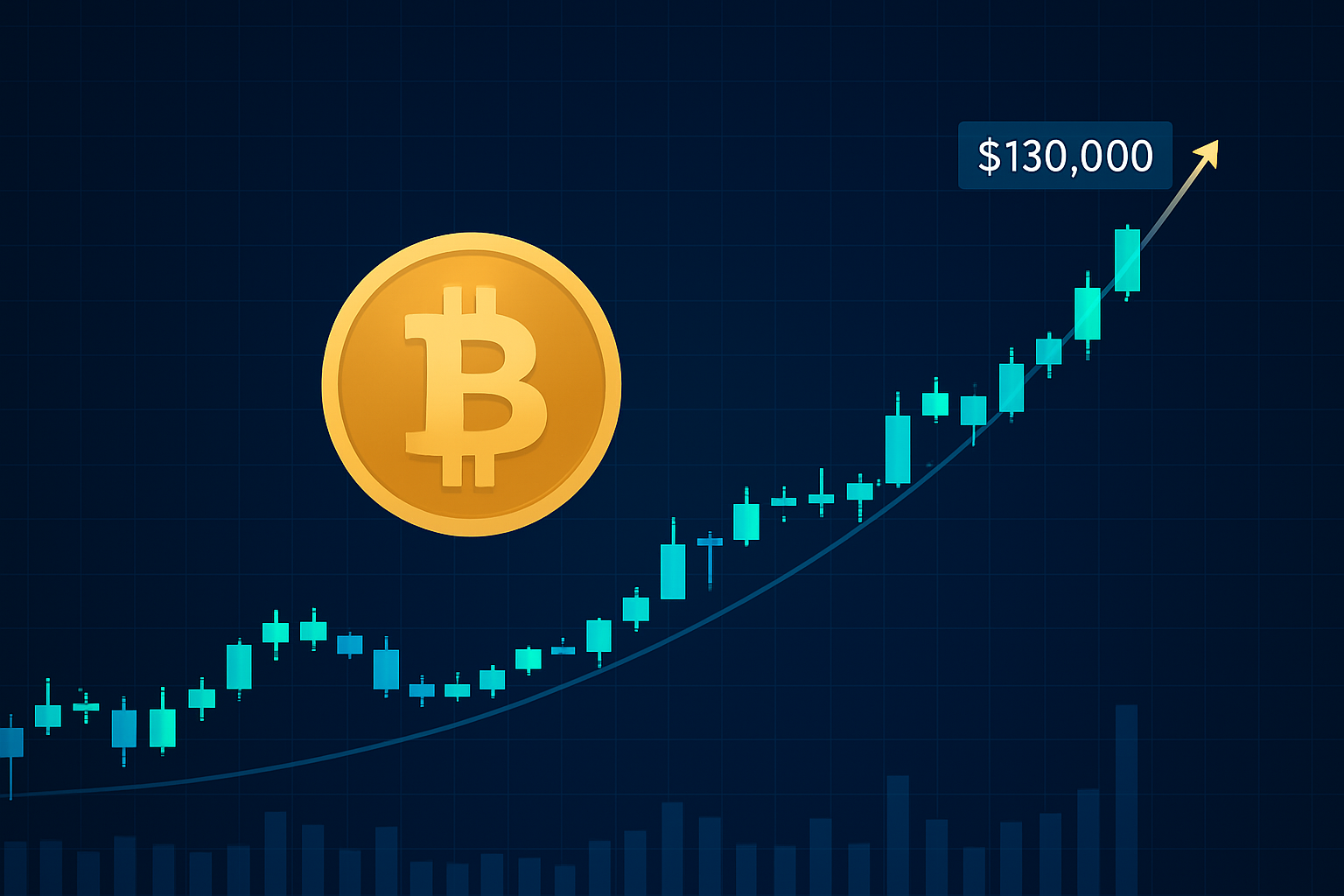Blockchain Technology
Binance Ceases Support For BUSD Stablecoin: Implications And Insights

Introduction
On November 29, 2023, Binance, a leading global cryptocurrency exchange, announced its decision to cease support for its BUSD stablecoin effective December 15, 2023. This significant move raises numerous questions about the future of stablecoins on Binance’s platform and the broader implications for the cryptocurrency market.
Background And Reasons For The Decision
Binance introduced the BUSD stablecoin as a stable digital currency pegged to the US dollar, aiming to provide a safe and stable store of value for crypto traders. Stablecoins like BUSD are typically used to hedge against the volatility of other cryptocurrencies and facilitate transactions without the need to convert back to fiat currencies.
The decision to discontinue BUSD support appears to be influenced by a combination of regulatory pressure and strategic shifts within Binance’s broader business model. Although specific details regarding the reason for the discontinuation were not fully disclosed, it’s evident that the changing regulatory landscape surrounding cryptocurrencies and stablecoins has played a crucial role. Governments and financial authorities worldwide have been tightening regulations on cryptocurrencies, particularly focusing on stablecoins due to their potential impact on the traditional financial system.
Impact On Binance Users
For Binance users, the cessation of BUSD support implies that they need to convert their BUSD holdings to other stablecoins supported on the platform or withdraw them to external wallets. Binance has assured its users of a smooth transition, with robust support systems in place to handle queries and facilitate the conversion processes.
The removal of BUSD from Binance could lead to increased demand for other stablecoins like USDC or Tether (USDT), potentially impacting their liquidity and stability. Users might also face temporary inconvenience during the transition period, although the long-term effects are expected to normalize as the market adjusts to the change.
Market Implications
The discontinuation of BUSD might have broader implications for the cryptocurrency market. First, it could affect the overall perception of stablecoins, especially those issued by crypto exchanges. Investors and regulators might scrutinize the stability and compliance of other stablecoins more closely, leading to possible regulatory changes.
Secondly, this move might encourage other exchanges and stablecoin issuers to reassess their strategies, potentially leading to more innovations in the stablecoin market or a consolidation of existing offerings. The shift could also influence the dynamics of liquidity on Binance, as traders might alter their trading strategies based on the available stablecoin options.
Future Of Stablecoins On Binance
Despite the discontinuation of BUSD, Binance is likely to continue supporting other stablecoins, adapting its offerings to meet regulatory requirements and market demands. The exchange’s adaptability in navigating the complex regulatory environments while innovating its services will be crucial for its continued leadership in the market.
Furthermore, Binance may explore launching new stablecoin projects that align more closely with regulatory frameworks across different jurisdictions, ensuring compliance and securing user trust. These developments could set precedents for how crypto exchanges manage and innovate their stablecoin portfolios.
Conclusion
Binance’s decision to stop supporting its BUSD stablecoin marks a significant shift in the cryptocurrency landscape. While it presents challenges for Binance users and the market, it also opens opportunities for regulatory alignment and innovation in the stablecoin space. How Binance and the cryptocurrency community navigate these changes will be pivotal in shaping the future dynamics of digital currencies.
This development serves as a reminder of the ever-evolving nature of the cryptocurrency industry and the importance of staying informed and adaptable as both a trader and a participant in the broader digital economy.











